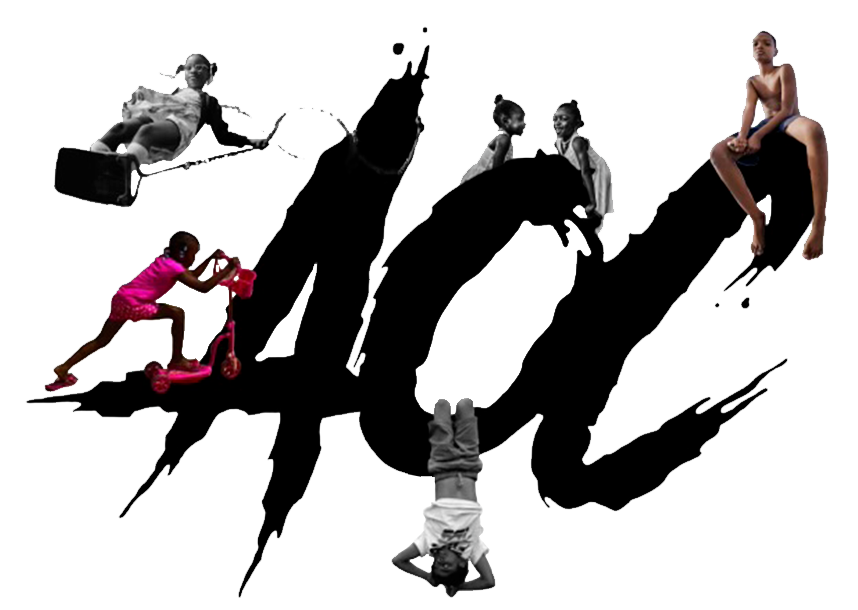Trauma during childhood isn’t something that can be easily forgotten or brushed aside. It can leave deep emotional, psychological, and even physical scars that follow a person into adulthood. The effects of trauma can shape the way individuals see themselves, relate to others, and navigate the world around them.
In this blog, we’ll explore the long-term consequences of childhood trauma, the importance of healing, and how supportive systems can help pave the way for recovery and resilience.
The Emotional and Psychological Weight of Trauma
Children who experience trauma—whether through abuse, neglect, witnessing violence, or other distressing events—often carry that pain into adulthood. Long after the event is over, they may struggle with:
-
Anxiety and panic attacks
-
Depression or persistent sadness
-
Post-Traumatic Stress Disorder (PTSD)
-
Feelings of worthlessness or chronic shame
These emotional challenges can impact every area of life, from work and relationships to self-care and decision-making. Without proper intervention, the trauma can continue to shape how a person experiences the world well into their adult years.
Cognitive and Behavioral Challenges
Trauma doesn’t just affect a child’s feelings—it can also interfere with how they think and behave. Survivors of childhood trauma may struggle with:
-
Difficulty concentrating or staying focused
-
Memory problems
-
Trouble managing emotions or impulsive behavior
-
A tendency to self-sabotage or act out in harmful ways
These behaviors are often misunderstood or mislabeled, but they’re frequently protective responses developed in unsafe or unpredictable environments.
The Physical Toll of Childhood Trauma
The mind and body are deeply connected, and trauma can take a real toll on physical health over time. Research has shown that early trauma increases the risk of:
-
Heart disease
-
Autoimmune disorders
-
Chronic pain and inflammation
-
Substance use disorders
-
Even a shortened life expectancy
The body keeps the score, as the saying goes. That’s why healing must happen on multiple levels—mental, emotional, and physical.
Social and Relational Struggles
Forming healthy relationships can be especially hard for trauma survivors. Many carry deep-rooted trust issues or fear vulnerability. Others may isolate themselves to avoid being hurt again. This can lead to:
-
Difficulty maintaining friendships or romantic partnerships
-
A tendency to withdraw in times of stress
-
Challenges with authority figures or workplace relationships
-
Repeating unhealthy patterns in relationships
When trauma goes unaddressed, it can silently shape how people connect—or disconnect—from the world around them.
Repeating the Cycle Without Support
One of the most heartbreaking aspects of unresolved trauma is its potential to repeat itself. Adults who experienced trauma as children are more likely to become victims or perpetrators of interpersonal violence. This isn’t because they’re broken—it’s because they may not have been taught safer, healthier coping skills or emotional tools.
The Power of Healing and Resilience
Despite the weight of these challenges, there is hope.
Healing is not only possible—it’s powerful.
With the right support, trauma survivors can reclaim their stories, rebuild their self-worth, and learn new ways to thrive. Key components of healing include:
-
Supportive, safe relationships
-
Therapy with a trauma-informed professional
-
Mind-body practices like mindfulness, movement, or somatic healing
-
Access to safe environments that foster trust and stability
Building resilience is not about “toughening up.” It’s about learning how to move forward with compassion, self-awareness, and support.
The Role of Community and Support Systems
Families, schools, communities, and mental health professionals all have a part to play in helping trauma survivors heal. Trauma-informed care, inclusive environments, and consistent access to mental health services can make a lifelong difference.
We must remember: healing doesn’t happen in isolation—it happens in connection.
FAQ’s About Childhood Trauma and Its Long-Term Effects:
How does childhood trauma affect you long term?
Childhood trauma can impact brain development, emotional regulation, self-esteem, physical health, and relationships. Without intervention, these effects can persist throughout adulthood.
How does childhood trauma show up in adults?
It may show up as anxiety, depression, difficulty trusting others, emotional outbursts, physical health issues, or trouble maintaining stable relationships.
What are 5 things that are affected later in life due to childhood trauma?
-
Mental health (e.g., anxiety, PTSD)
-
Physical health (e.g., chronic illness)
-
Emotional regulation
-
Relationship dynamics
-
Job performance and workplace stability
Can childhood trauma cause permanent damage?
In some cases, childhood trauma can lead to long-lasting effects on brain development, emotional well-being, and physical health. However, with early and ongoing intervention, many of these effects can be reduced or even reversed.
Children’s Mental Health Services in Houston & San Antonio Texas
Accepting Medicaid & Private Insurance
Reach out
Phone Number: 1-855-AOC-6100
24 Hours Crisis Line: 832-934-7770
Hours: Monday-Friday 9-5PM
Location: Houston & San Antonio areas
Houston Email: admin@aocoutreachservices.com
San Antonio Email: admin.sa@aocoutreachservices.com
Insurance Accepted
Medicaid: Texas Children Health Plan, Superior Health Plan, Molina Healthcare, United Healthcare
Private: Aetna, Blue Cross Blue Shield, & Cigna
Offices
Houston Office: 6671 Southwest Freeway, Suite 675, Houston, Texas, 77074
San Antonio Mailing Address: 45 Northeast Loop 410 Suite 207, San Antonio, Texas 78216
Follow Us
learn more
Start Services


